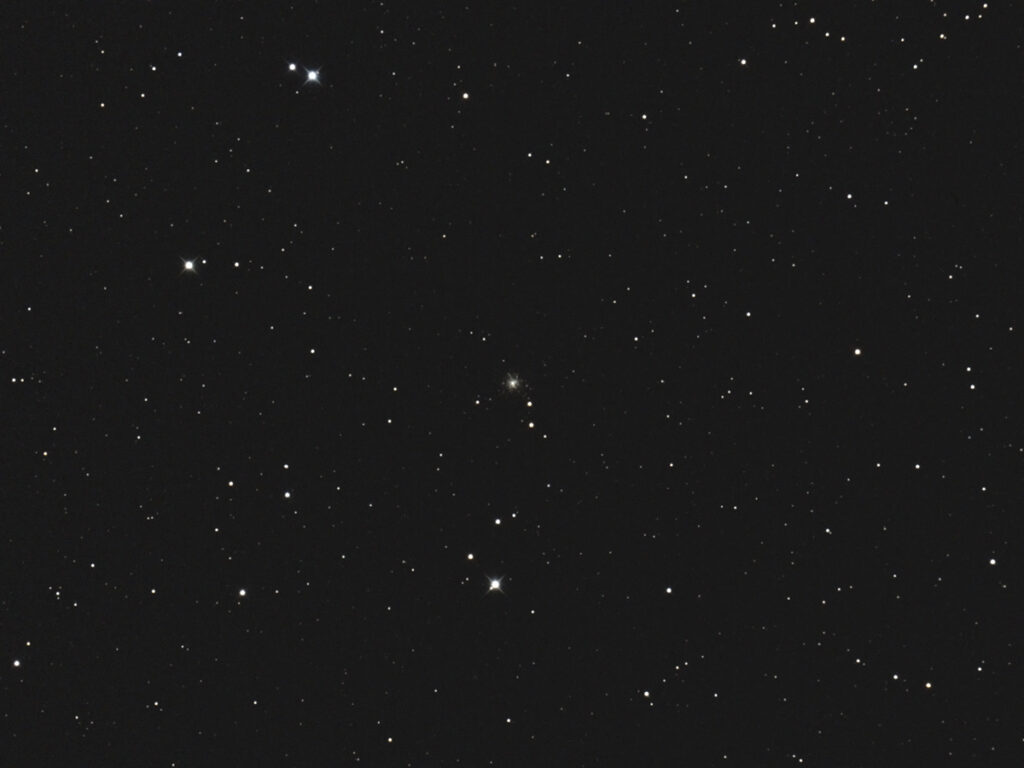
Telescope: Astro-Tech 8” f/8 Ritchey-Chretien, Orion Atlas EQ-G
Camera: Full Spectrum Modified Nikon D810, Baader Mk III MPCC
Filter: GSO IR Blocking Filter
Guide scope: Astro-Tech 60mm, ZWO ASI120MM mini, PHD2
Exposure: 11x120sec, ISO 200, saved as RAW
Darks: Internal (Long Exposure Noise Reduction On)
Flats: 32×1/2sec, Tee shirt flats taken at dusk
Average Light Pollution: Red zone, Bortle 8, poor transparency, low altitude
Lensed Sky Quality Meter: 18.0
Stacking: Mean with a 1-sigma clip.
White Balance: Nebulosity Automatic
Software: Backyard Nikon, Nebulosity, Photoshop
NGC 5694 is a tiny globular cluster on the border between Hydra and Libra and it never gets very high above the southern horizon from mid northern latitudes. This little globular is an interesting target for a couple of reasons. First, it is quite distant; 113,000 light years from the sun and 95,000 light years from the galactic center. Second, it is traveling and an amazing speed; 170 miles/second relative to the galactic core. At this speed the cluster is not gravitationally bound to the Milky Way and is on a hyperbolic path that will take it out into intergalactic space. Also, the chemical composition of its stars suggest that it did not originate in the galactic halo, marking NGC 5694 as an intergalactic wanderer making its one and only pass through the Milky Way.
NGC 5694 is currently low in the southwest at dusk.
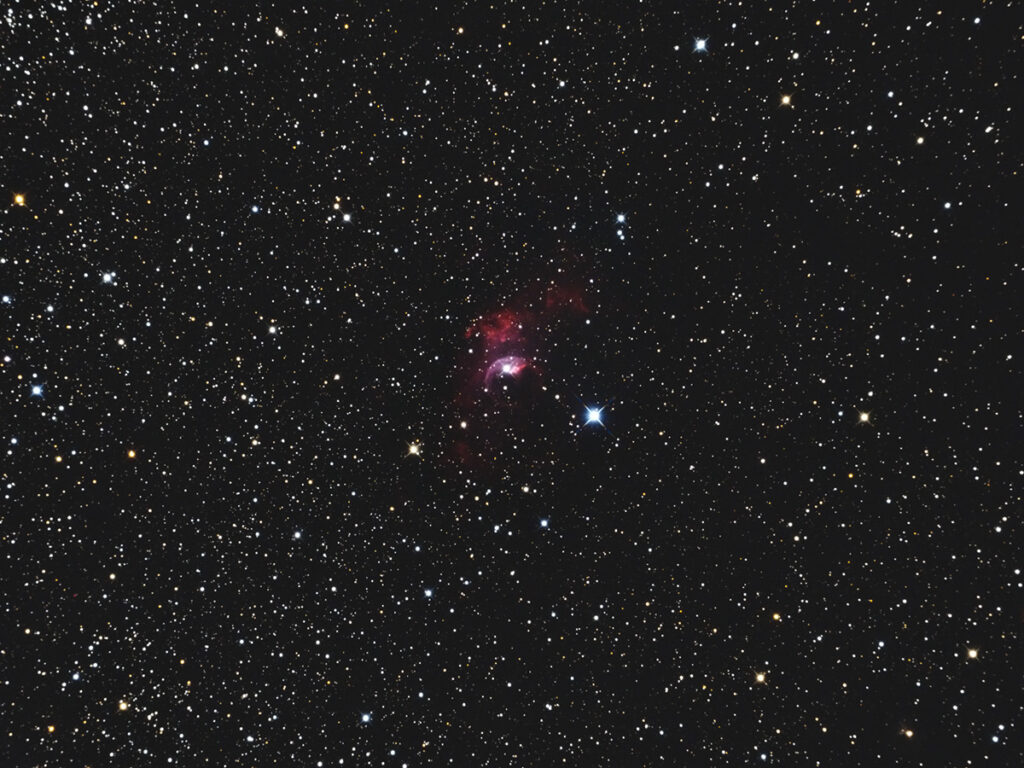
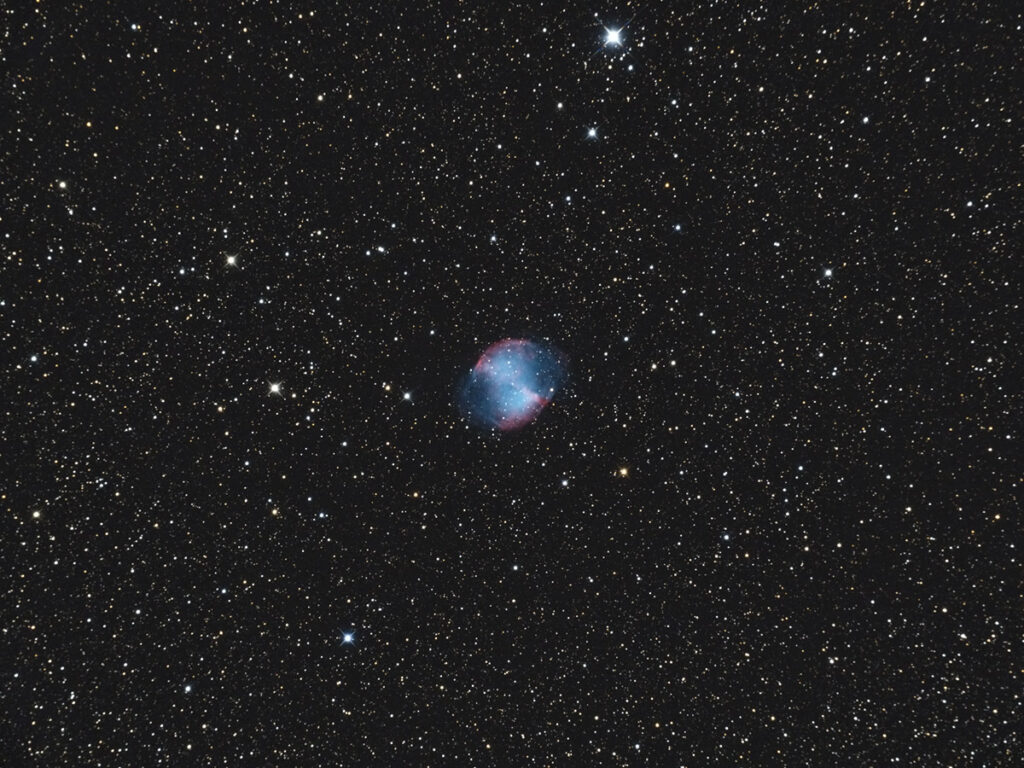
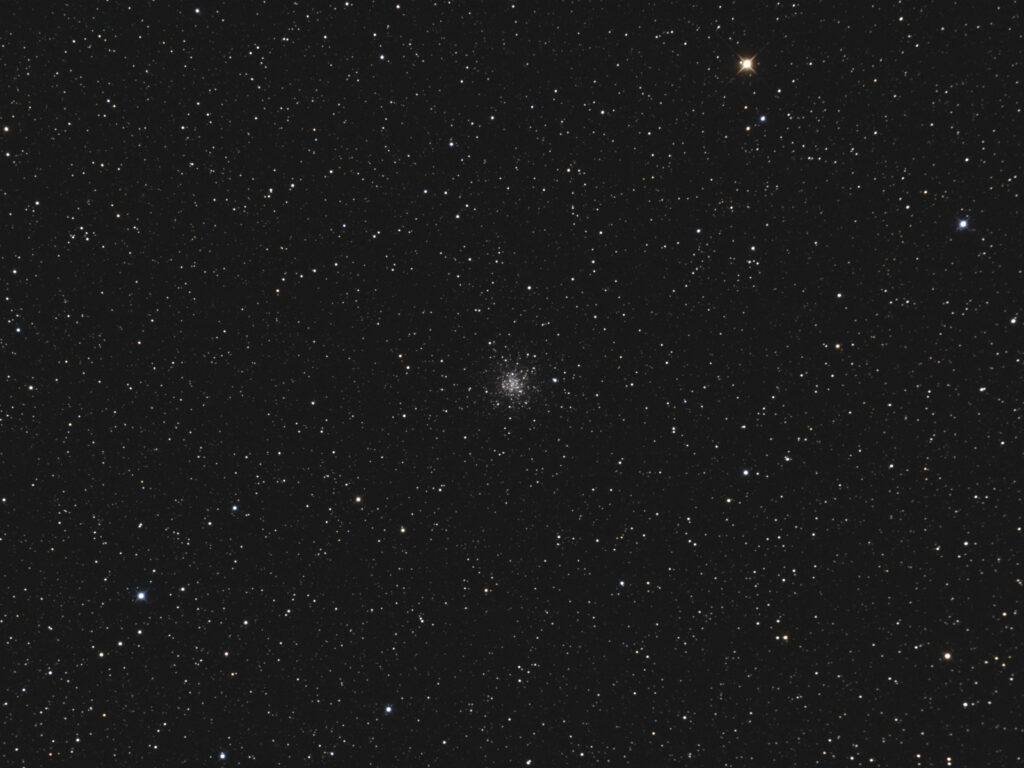
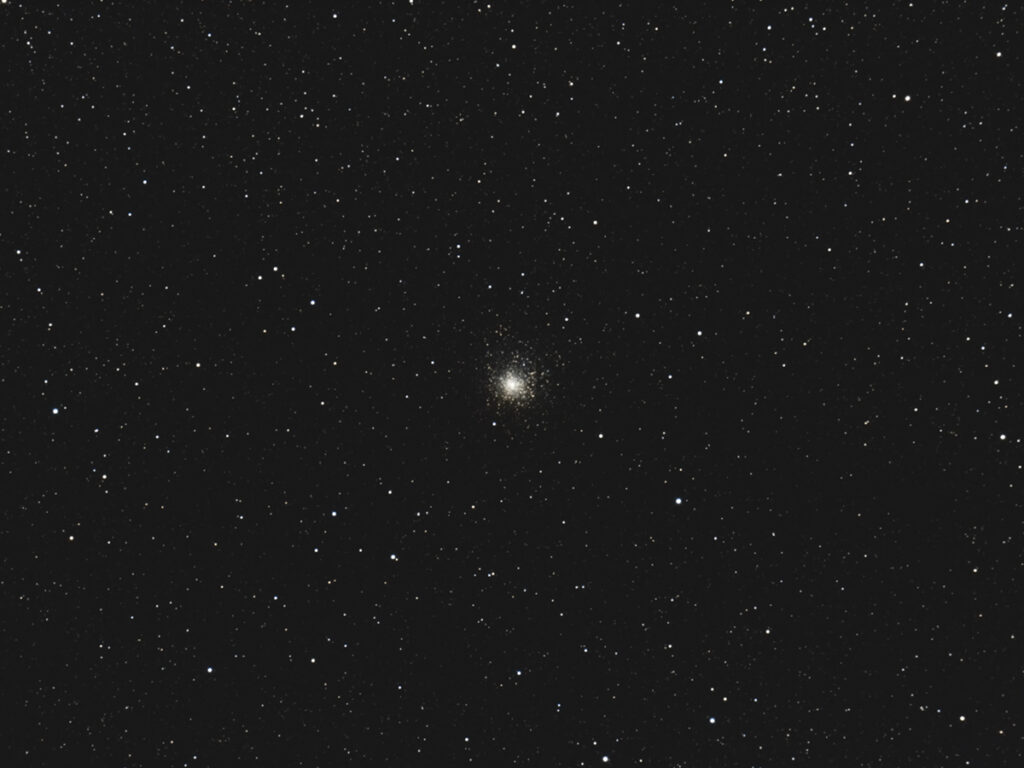
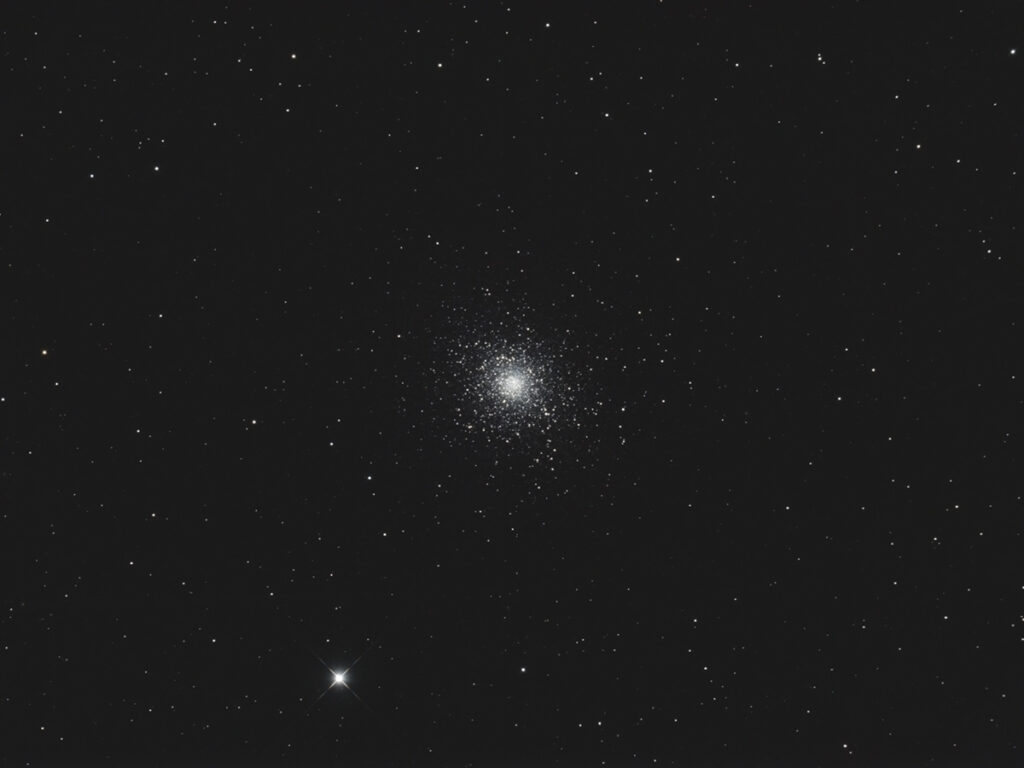
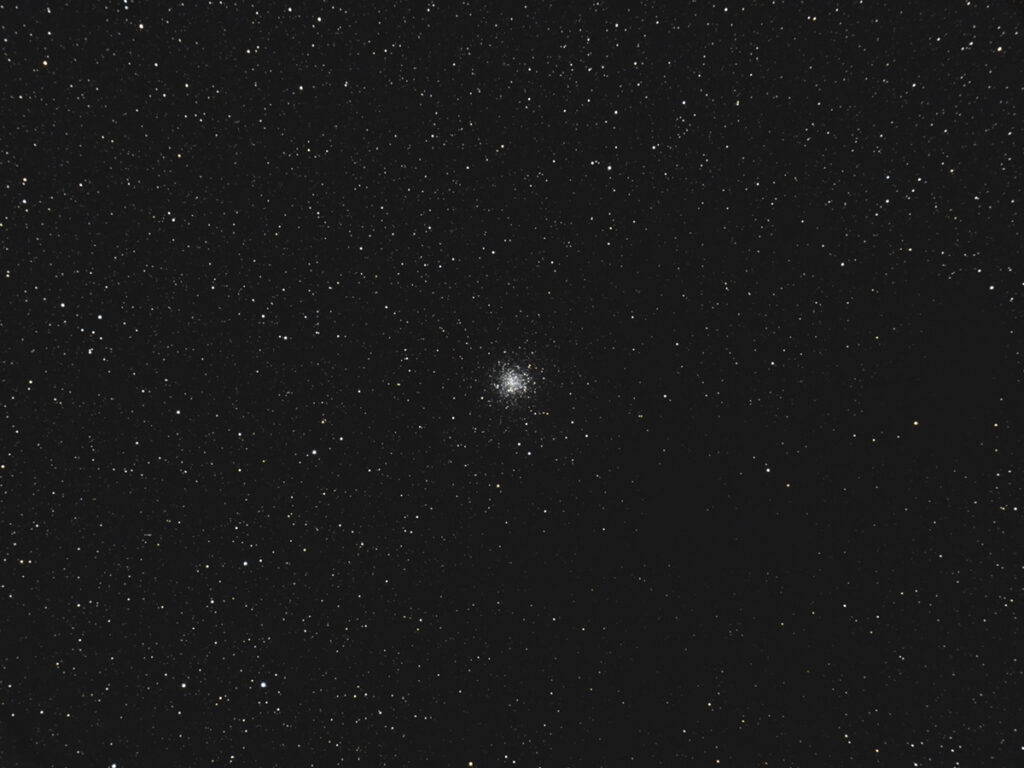
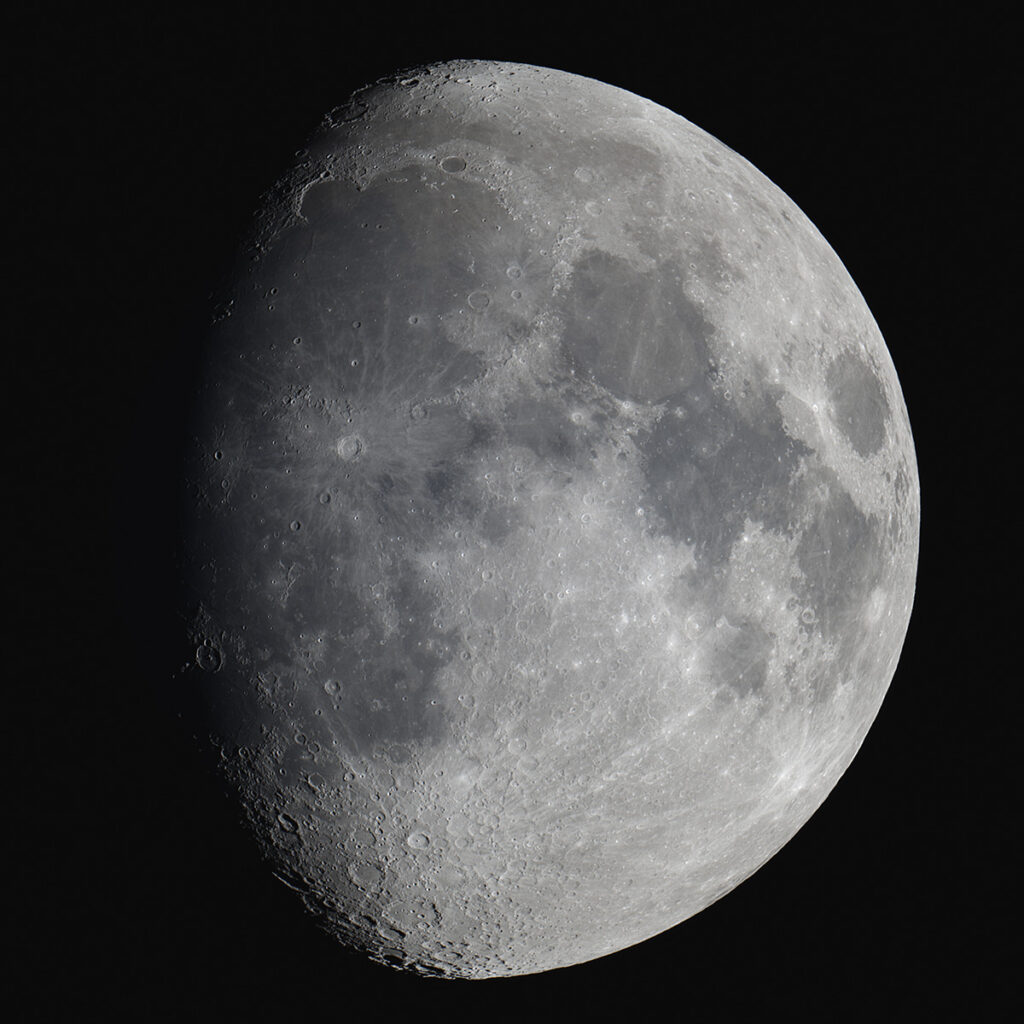
Recent Comments